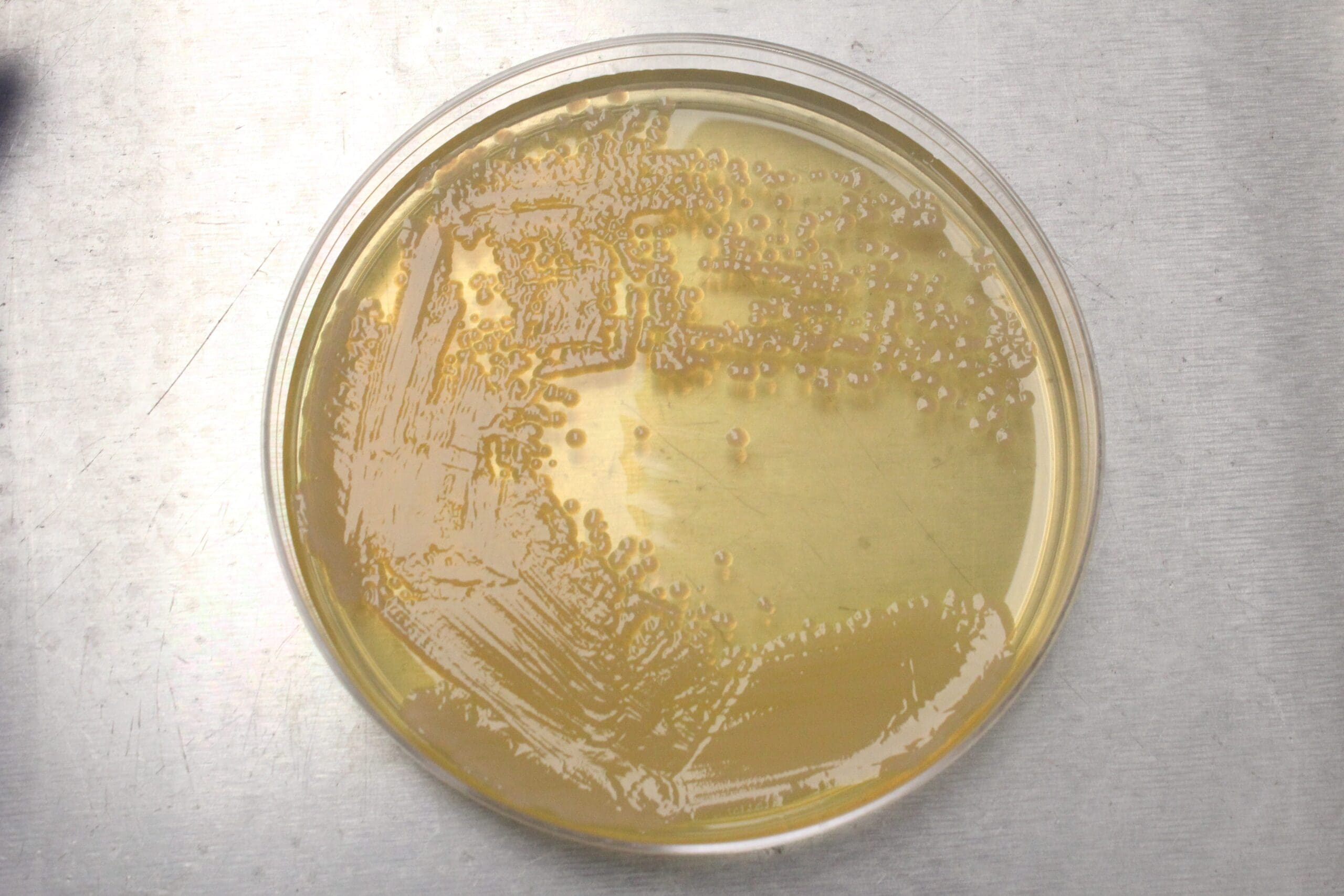
Get A Testing Quote
Pseudomonas aeruginosa
STRUCTURE AND PHYSIOLOGY
P. aeruginosais a gram-negative, rod-shaped, strict anaerobe that is ubiquitous in the environment as it is found in humans, animals, and plants as well as soil and water. It is capable of surviving in low oxygen environments provided the right conditions and is known to form persistent biofilms. This microorganism is also quite versatile in its ability to use varying sources of organics materials for its metabolism, which allows it to thrive any many different environments.
TRANSMISSION AND DISEASE
This bacterium is well known for causing serious illness in humans primarily in those who are immunocompromised, such as cystic fibrosis patients or traumatic burn patients. P. aeruginosa can cause illnesses ranging from pneumonia to sepsis.
DISINFECTION
P. aeruginosa is clinically important as it is considered multi-drug resistant and possesses many mechanisms for anti-biotic resistance that make it quite difficult to eliminate.
NOTES
P. aeruginosa has been shown to have advantageous uses with its ability to break down hydrocarbons in oil spills and tar.
REFERENCE(S)
Diggle S, Whiteley, M (2020). “Microbe Profile: Pseudomonas aeruginosa:opportunistic pathogen and lab rat”. Microbiology. 166 (1): 30–33
Itah A, Essien J (2005). “Growth Profile and Hydrocarbonoclastic Potential of Microorganisms Isolated from Tarballs in the Bight of Bonny, Nigeria”. World Journal of Microbiology and Biotechnology. 21 (6–7): 1317–22
Share

